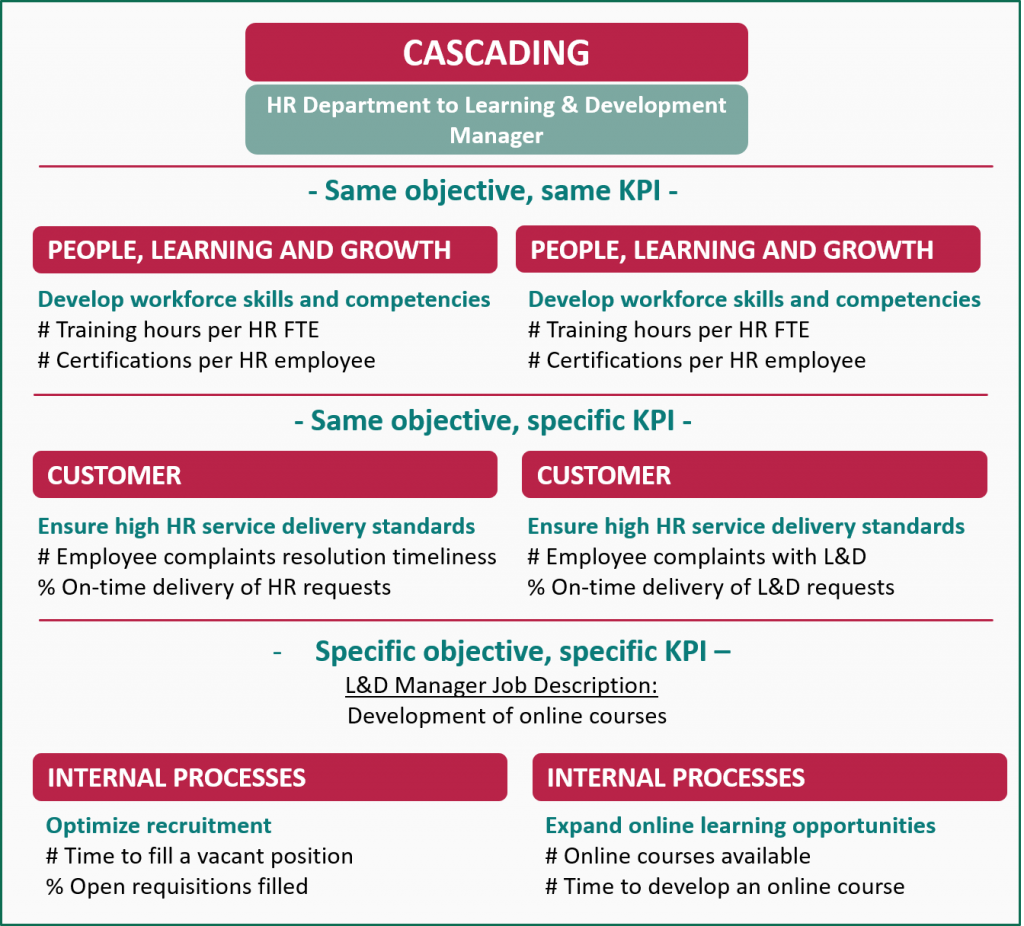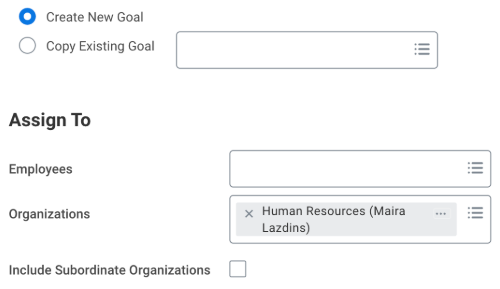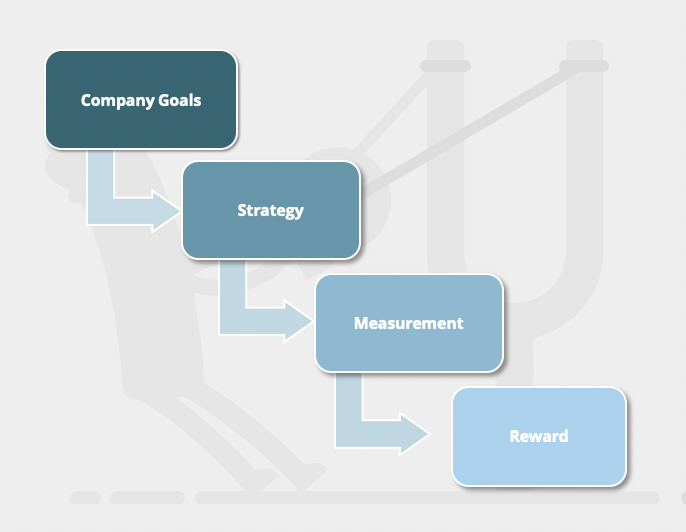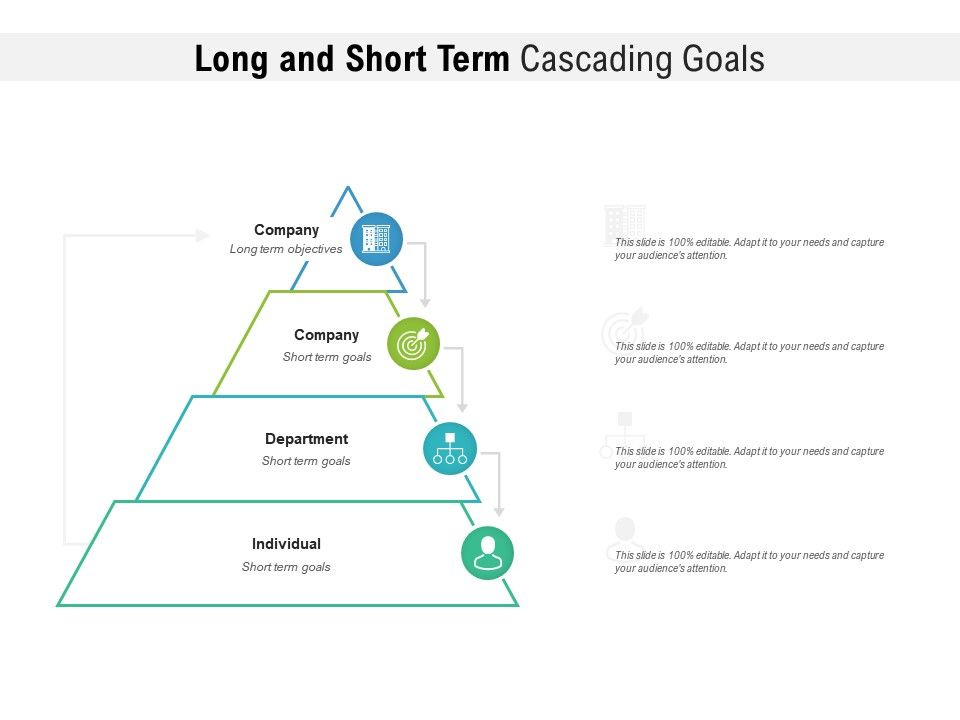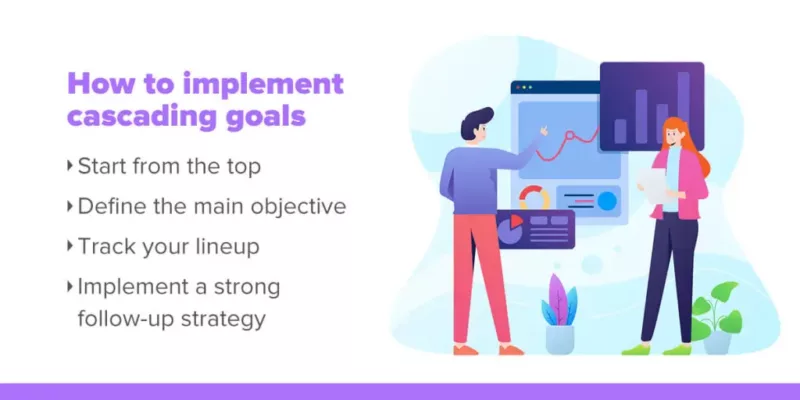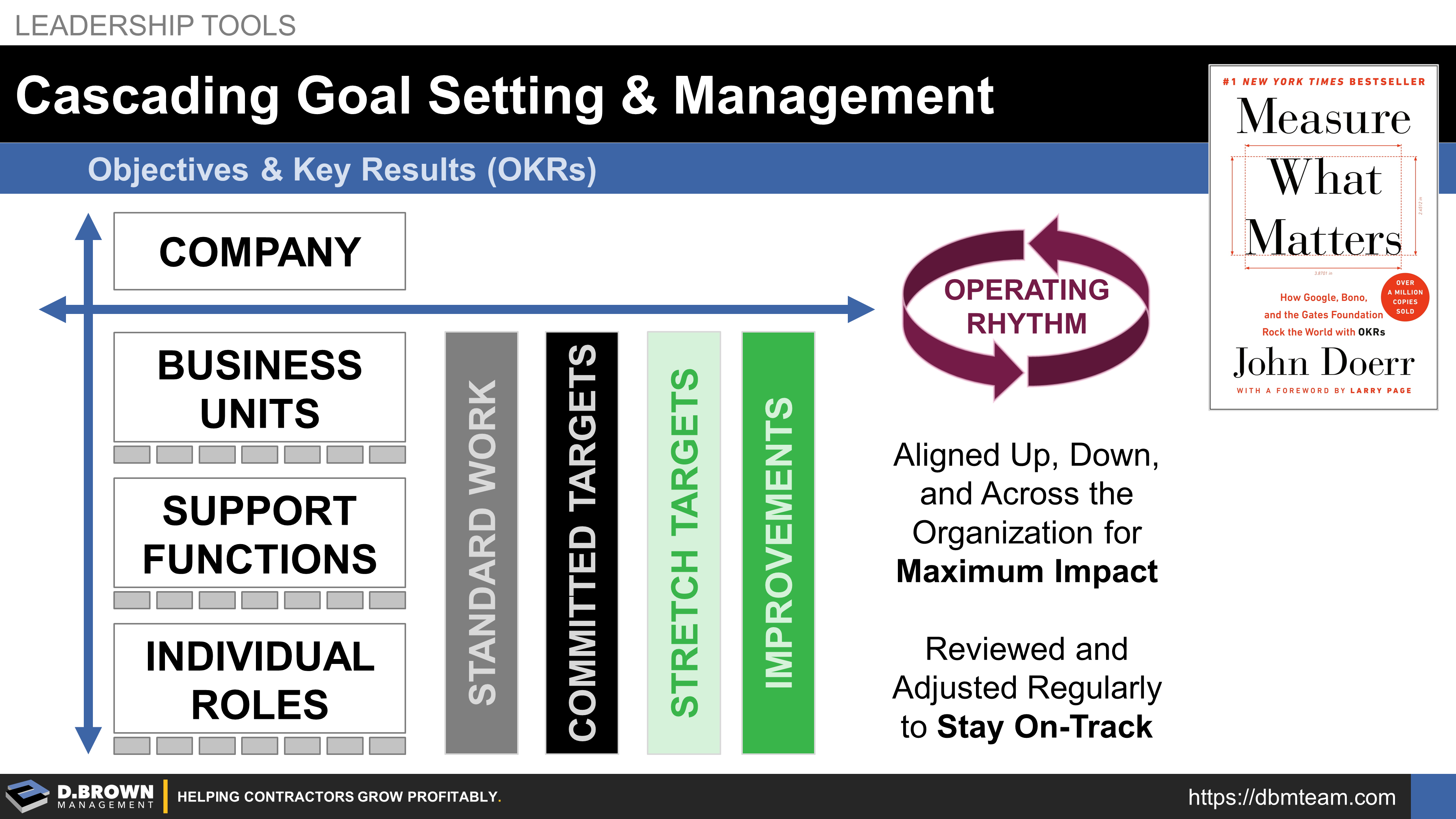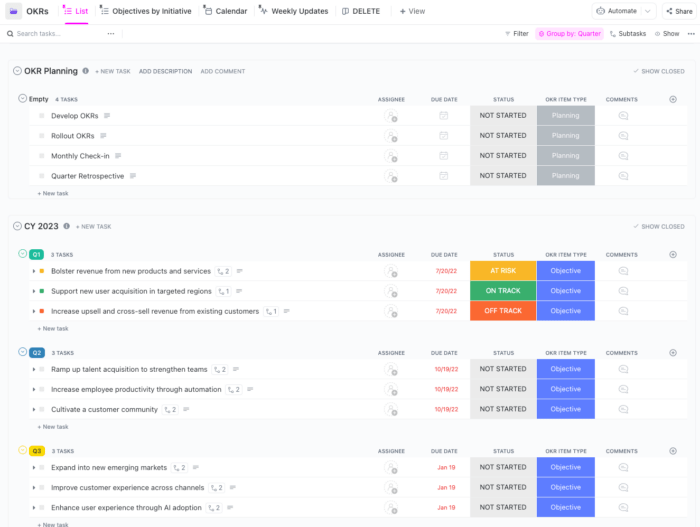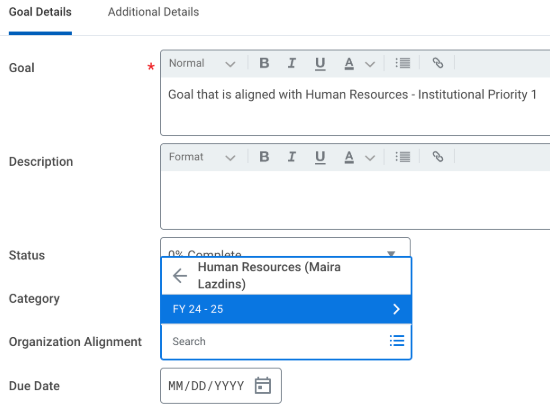How To Cascade Goals In Workday

Imagine a workplace where everyone is pulling in the same direction, not just knowing what needs to be done but understanding how their individual contributions fuel the larger organizational mission. Think of it as a symphony orchestra, where each musician's notes harmonize to create a masterpiece. The conductor, in this case, is your organizational leadership, and the sheet music is a well-defined, clearly communicated set of goals. But how do you translate the grand vision into actionable steps for every member of the team?
The answer lies in the art and science of cascading goals, and Workday, a leading cloud-based enterprise management system, provides the tools to do just that. This article will serve as a guide to navigating the process of effectively cascading goals within Workday, ensuring clarity, alignment, and ultimately, improved organizational performance.
Understanding Goal Cascading
Goal cascading is the process of breaking down high-level organizational objectives into smaller, more manageable goals for teams and individuals. It ensures that everyone understands how their work contributes to the company's overall success.
Think of it as a waterfall: the initial broad strategic objective at the top filters down into progressively more specific and tactical goals as it reaches each level of the organization.
Why Cascade Goals?
Cascading goals offers several key benefits. It fosters a sense of ownership and accountability by clearly defining individual responsibilities.
It enhances team collaboration because employees understand how their roles interrelate. Also, it boosts employee engagement by connecting their work to the bigger picture, leading to increased motivation and productivity.
Cascading Goals in Workday: A Step-by-Step Guide
Workday simplifies the process of cascading goals. Here's a breakdown of how to do it:
1. Define Organizational Goals
This is the crucial starting point. Senior leadership needs to clearly define the overarching strategic goals of the organization for the period.
These goals should be SMART: Specific, Measurable, Achievable, Relevant, and Time-bound. Consider objectives like "Increase market share by 15% in the next fiscal year" or "Improve customer satisfaction scores by 10% by the end of the quarter."
2. Create Goals in Workday
Within Workday, designated administrators can create these organizational goals. Navigation usually involves accessing the "Goals" or "Performance Management" module.
Here, you'll input the goal description, define the measurement criteria, set a target date, and assign ownership to relevant departments or individuals.
3. Cascade to Teams and Individuals
This is where the cascading magic happens. Workday allows managers to link team and individual goals to the established organizational goals.
Managers can access the "Goals" section for their direct reports and create new goals. When creating a new goal, the system allows them to select a parent goal from the organizational goals already defined. This establishes a clear line of sight between individual contributions and overall objectives.
4. Setting Meaningful Individual Goals
The real key to successful cascading isn't just assigning tasks; it's helping employees create meaningful goals. Don't simply tell someone to "support the market share increase."
Instead, work with them to define a specific, measurable goal that directly contributes, such as "Increase sales leads generated through online marketing by 20% in Q3." This provides context and empowers the employee.
5. Track Progress and Provide Feedback
Workday provides tools for tracking progress against goals. Managers and employees can regularly update the status of each goal, noting any challenges or achievements.
Regular feedback is crucial. Managers should use performance reviews and one-on-one meetings to discuss progress, provide coaching, and adjust goals as needed. Workday often integrates with performance management systems, streamlining this feedback process.
6. Regular Reviews and Adjustments
The business landscape is constantly evolving, and your goals may need to adjust accordingly. Regular reviews, ideally quarterly or bi-annually, are essential.
This involves assessing the progress of each goal, identifying any roadblocks, and making necessary adjustments to ensure alignment with the evolving strategic direction. Workday facilitates this process by providing real-time data and reporting capabilities.
Best Practices for Effective Goal Cascading
While Workday provides the platform, successful goal cascading also hinges on adhering to best practices:
- Communicate Clearly and Consistently: Transparency is key. Ensure that everyone understands the organizational goals and how they are being cascaded.
- Involve Employees in the Process: Don't just dictate goals; collaborate with employees to define objectives that are both challenging and achievable.
- Provide Adequate Resources and Support: Ensure that employees have the tools, training, and support they need to achieve their goals.
- Focus on Outcomes, Not Just Activities: Emphasize the results that are being achieved, rather than simply focusing on the tasks that are being completed.
- Celebrate Successes: Recognize and reward employees who achieve their goals. This reinforces positive behavior and motivates others.
Addressing Common Challenges
Even with Workday and best practices, some challenges can arise. One common issue is a lack of alignment between organizational and individual goals.
To address this, ensure that managers are thoroughly trained on the cascading process and understand the importance of connecting individual goals to the broader strategic objectives. Another challenge can be setting unrealistic or unachievable goals.
Workday's reporting capabilities can help identify goals that are consistently not being met, allowing managers to adjust expectations and provide additional support. Open communication and a culture of continuous improvement are also crucial for overcoming these challenges.
The Importance of Alignment and Engagement
In today's dynamic business environment, a workforce that is both aligned and engaged is a competitive advantage. Goal cascading, when implemented effectively using tools like Workday, can be a powerful catalyst for achieving this.
By ensuring that everyone understands how their work contributes to the organization's overall success, companies can unlock greater levels of productivity, innovation, and ultimately, profitability. Alignment is not just about everyone doing the same thing; it's about everyone doing the right things, together.
Conclusion
Goal cascading in Workday is more than just a technical process; it's a strategic imperative. It's about creating a culture of ownership, accountability, and shared purpose.
When done right, it transforms a collection of individuals into a cohesive, high-performing team, all working together to achieve a common vision. By embracing this approach and leveraging the capabilities of Workday, organizations can unlock their full potential and achieve sustainable success.

